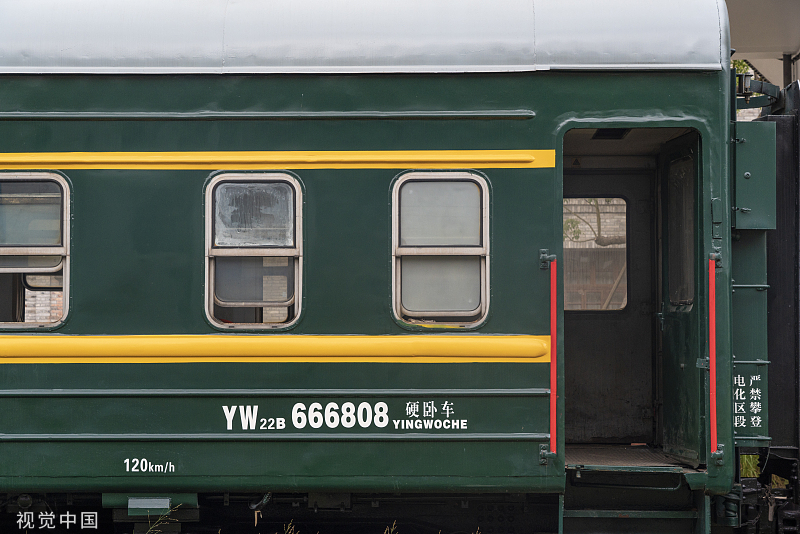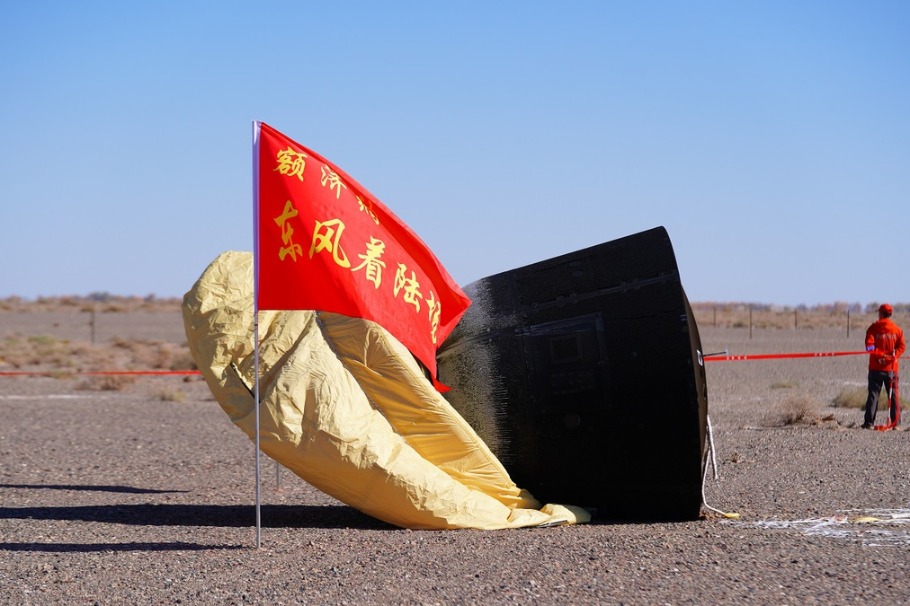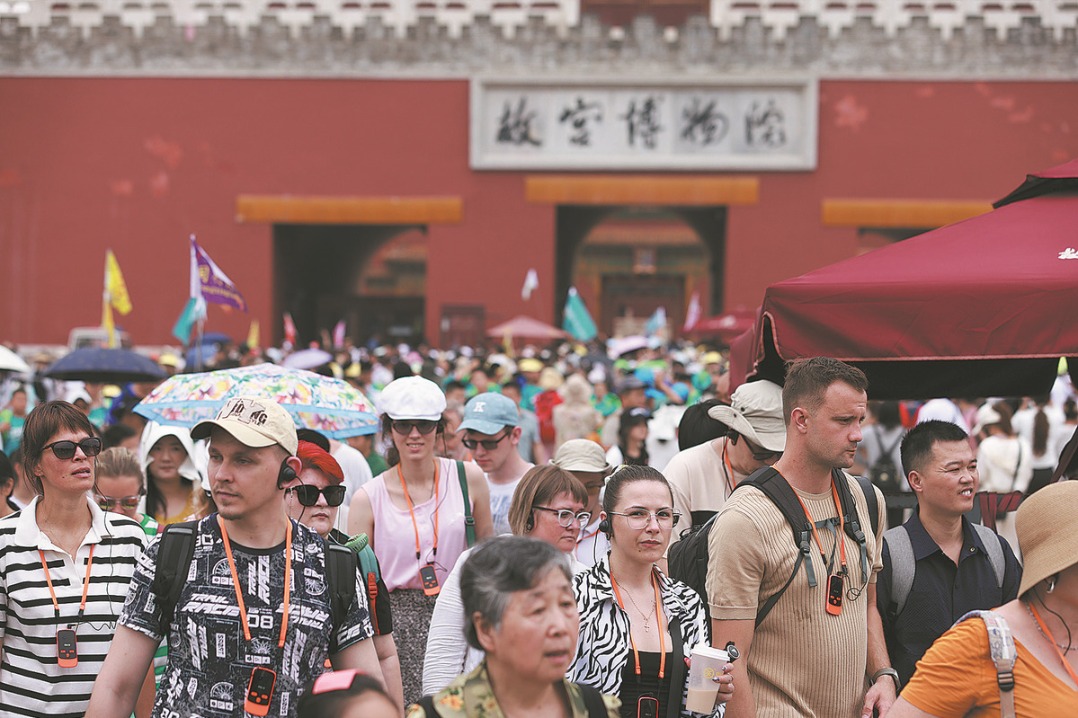'China's green train carries a small society'


It is Chinese tradition to go home during the Spring Festival. In the past few days, people from all over the world have set out to travel thousands of miles, across mountains and rivers, and embarked on the road to their hometowns. In the decades before highspeed trains became popular, green trains were an important link between people living away from home and their hometowns. Now people are increasingly inclined to choose the shorter, better facilities of high-speed railway and airplanes, rather than the slow green trains.
In fact, since the 1990s, as China's railroad traffic continues to speed up, the elimination and transformation of old green trains are also increasing. But why can we still see them galloping across China today? If the high-speed railway represents the speed of China, the green train represents the warmth of China. Whether in the past or now, their existence has extraordinary significance.
First of all, the green train is a cultural symbol of an era. At the beginning of the founding of the People's Republic of China, China's industry was particularly weak, and could not even independently develop locomotives. In 1953, with the help of the Soviet Union, China developed a yellow-green train Type 21. Three years later, China independently designed and developed the railway passenger train Type 22, which still followed the yellow-green exterior design of the former, and went into mass production in 1959. Finally, Chinese people had their own railway passenger train. For a long time after the founding of the People's Republic of China, the train was almost the only means of transportation for Chinese people to travel far away.
In that context, people praised the development of industry and praised the green train, which made people's travel very convenient. Green trains also represent the hope and strength of the industrial era; the train driver who looked far away became the embodiment of the pioneer; the sweating stoker became the common image of the model worker; the heroes in many film and literature works were often railway workers, for example, the "Railway Guerrillas" which became the childhood memory of many people, and then the later "Female Driver", "The Dragon Through the Mountain", "The First Express" and "The Express Train" with many more following suit.
In addition, the green train still has a considerable market. Due to the low construction requirements, green trains can cover places that are temporarily inaccessible by high-speed railways. The maintenance and operation costs of the green train are not high, so the ticket price is much cheaper than that of the high-speed railway. In remote mountainous areas, in secluded towns, in scattered villages, there are countless families who rely on these green trains to "get out". In Daliang Mountain, the 5633 and the 5634 green trains have been running for half a century, still crossing the tracks in the mountains every day.
The train traverses the main settlement of the Yi people in Daliang Mountain, Sichuan Province, and travels from Puxiong to Panzhihua South. The journey lasts about 9 hours. The route is 353 kilometers long, with the highest ticket price of 25.5 yuan and the lowest ticket price of 2 yuan. There are no fixed seats in the train, so passengers can freely choose where to sit. Sometimes, local villagers' poultry and livestock may travel with passengers. For the railway department, running this line should be a money-losing deal, but this train benefits the people and helps the poor. For thousands of years, Daliang Mountain has been restricted by traffic isolation, and was once one of the poorest regions in China. After the opening of the 5633 and 5634 train in 1971, it has become the first choice for the Yi people along the route for business, market, medical treatment, education, and visiting relatives and friends.
Today, high-speed railway makes long journeys shorter and people are more accustomed to lowering their heads and swiping their phones to kill time. In contrast, the green train is a long journey, but filled with human connections. Once you get on the green train, you enter a lively and earthy world. People of all kinds are crowded in a narrow space. Here, you can see potbellied middle-aged uncles, old grannies sleeping with their heads askew, lively and naughty children running around in the trains, women with cigarettes between their fingers, young girls dressed in fashionable clothes, elegant and quiet boys, and so many more characters. In those days there were no private cars, and few people took airplanes. Most people were crammed on the slow green trains, with each other undisguised, chatting and gossiping without worry or defense. In the eyes of American travel writer Paul Theroux, China's green train carries a small society. In this moving green train, people are eating sunflower seeds, playing cards and talking about the world. In his book, he wrote that "the Chinese 'live' on trains," and the train is not just a means of transportation, "it is part of the country".
No matter in the past or now, the green train has always carried the dream of countless people to travel far and aspire to a better life. García Márquez, the author of One Hundred Years of Solitude, wrote, "Life is not the days we live, but the days we remember, the days we recreate in our memories." The appeal of the green train lies not only in its manifestation of industrial power and mechanical aesthetics, but also in the historical memory attached to it. The green train for some people may be a period of schooling, or it may be the time to go home for their annual Spring Festival reunion, or it may be the years of wandering. From the green train to the high-speed railway, China's railway industry has undergone tremendous changes. Today, the green train is still an important part of the national railway. The melodious whistle of the old train may disappear, but the green color will still carry countless hopes and dreams to run across the vast land of China.
Wang Tiantian is a student at School of Translation Studies of Shandong University. The views don't necessarily represent those of China Daily and China Daily website.
If you have a specific expertise, or would like to share your thought about our stories, then send us your writings at [email protected], and [email protected].


































